Na Turoldu Cave - charakteristics
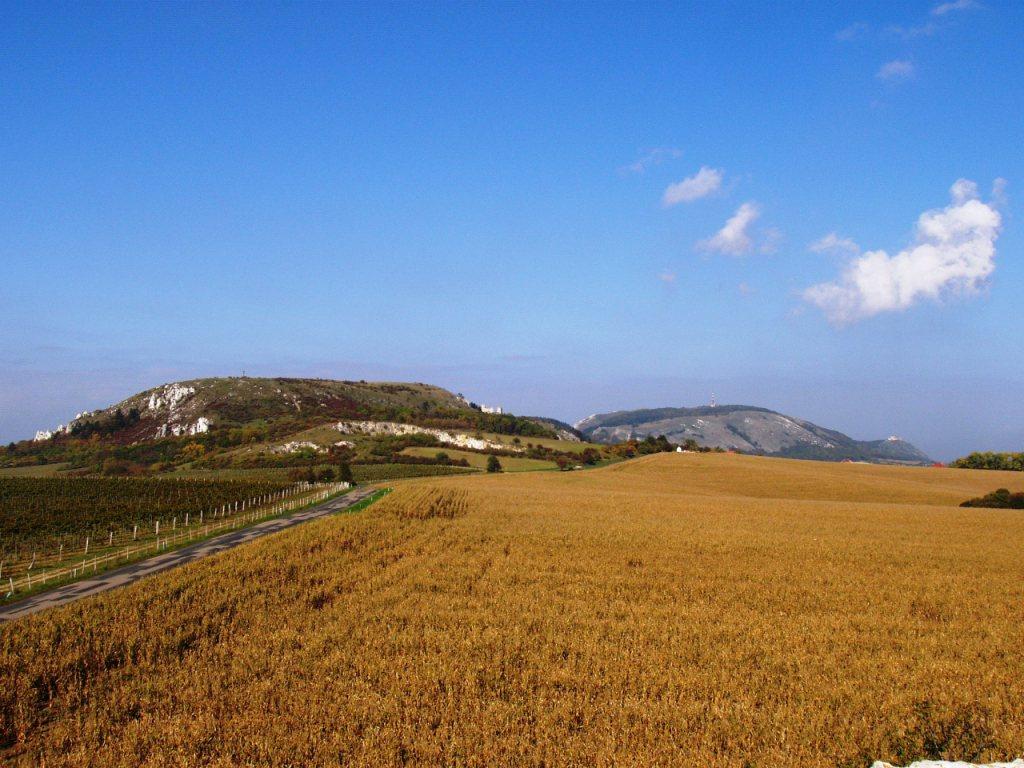
SOUTH MORAVIAN KARST
It is a limestone region in the very south of Moravia – the Pavlov Highlands, an elongated broken range emerging in the length of 10 km and width of 7 km from the Dyjsko-svratecký úval lowlands between Mikulov, Věstonice and Pavlov. They are formed by Mesozoic, Jurassic to Cretaceous limestones that belong to geological nappes of the Západní Karpaty (West Carpathian) Mountains. Eighteen caves known so far are situated in the Turold Hill, the Svatý kopeček Hill, the Šibeniční and Růžový Hills, the Tabulová hora Hill, the Martinka Rock, the Kotel Hill, the Soutěska gorge and in Mušlov. The largest underground system consists of the Na Turoldu Cave – Liščí díra.
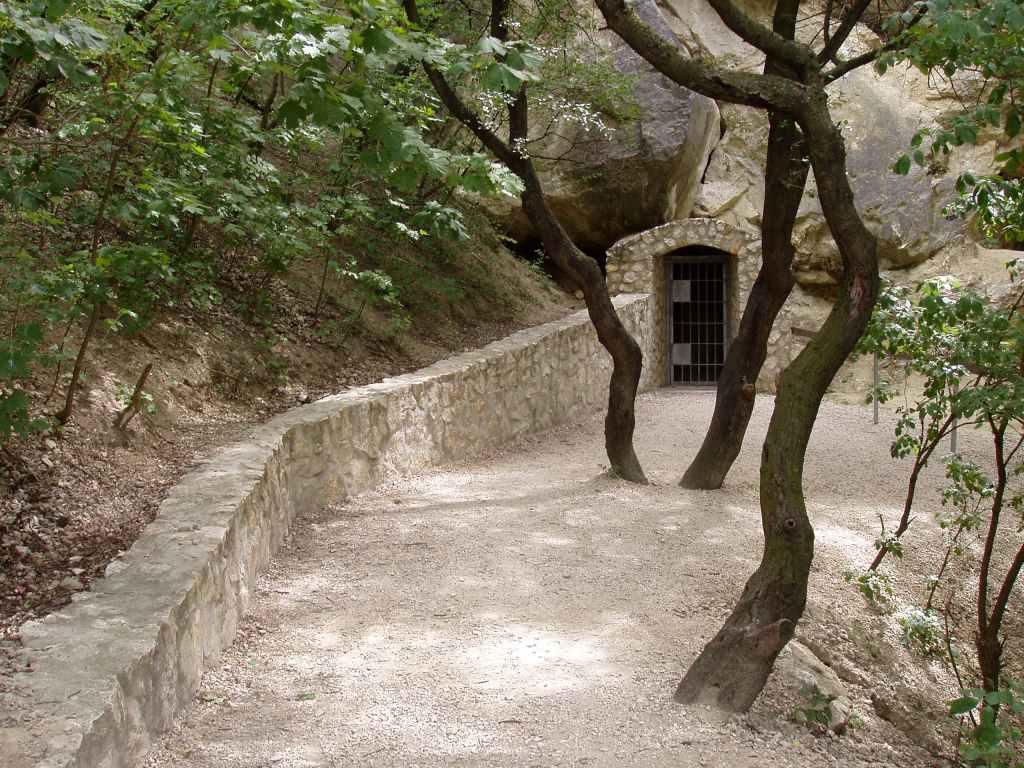
NA TUROLDU CAVE
- It is situated near the northern edge of the town of Mikulov in the abandoned quarry under the Turold Hill (385 m a.s.l.);
- It was discovered during stone quarrying in 1951 close to the previously damaged Turold's Cave;
- It is a complex and extraordinarily rugged system of corridors, chambers and domes of seven floors;
- Its total length is 1,650 m with denivelation of 47 m and together with the Liščídíra Cave it is the largest cave system in the Mesozoic limestones of the Czech Republic with a total length 2,800 m;
- There are walls sculpted and decorated with a unique “Turold-style” which can´t be found in any other cave in the Czech Republic;
- The air temperature is 7.1–9.1 °C (ca 46 - 49°F), temperature of the water in lakes is 6 °C, relative air humidity a “mere” 74–84 %;
- It is the largest wintering place for the endangered Lesser Horseshoe Bat (Rhinolophus hipposideros) in South Moravia;
- It is the only one cave in the Mesozoic limestones of the Czech Republic;
- Since 2004 the cave route has been 280 m long with an average tour duration of 40 minutes;
- It is situated in the area of the Turold Nature Reserve (16.84 ha since 1946) in the Protected Landscape Area (PLA) and biosphere reservation of Pálava (the Pálava Hills).
Evolution of the Caves
ORIGIN AND DEVELOPMENT OF THE NA TUROLDU CAVE SYSTEM
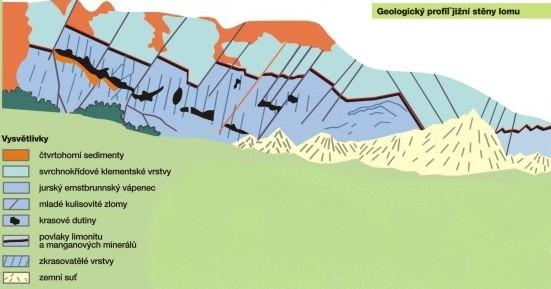
The Late Jurassic to Early Cretaceous Ernstbrunn limestones of the Pavlov Highlands are markedly affected by karstification and weathering processes which took place in several time periods. It is supposed that they began to weather already more than 100 million years ago in the Early Cretaceous period, when they turned into dry land due to sedimentation of clement layers of the Late Cretaceous and before the following marine transgression. At that time they were a part of the mountain belt that stretched from Austria to Northern Moravia. It was then that the first karst cavities were formed in limestones and simultaneously their dolomitization occurred. The following development of the karst phenomena continued only after incorporation of fragments of Mesozoic massifs into the Ždánice Unit and formation of the nappe structure during the main phases of the Alpine-Carpathian folding.
The integrated underground cave system developed most probably 15 million years ago and later, after the Miocene phase of the Badenian. At that time the Badenian sea dereliction started the continuous continental development of the whole klippe, which is still going on to the present time. During the Tertiary period, however, limestones and the cave systems that formed with them were repeatedly disrupted by younger cross faults, the last echoes of the Alpine-Carpathian folding.
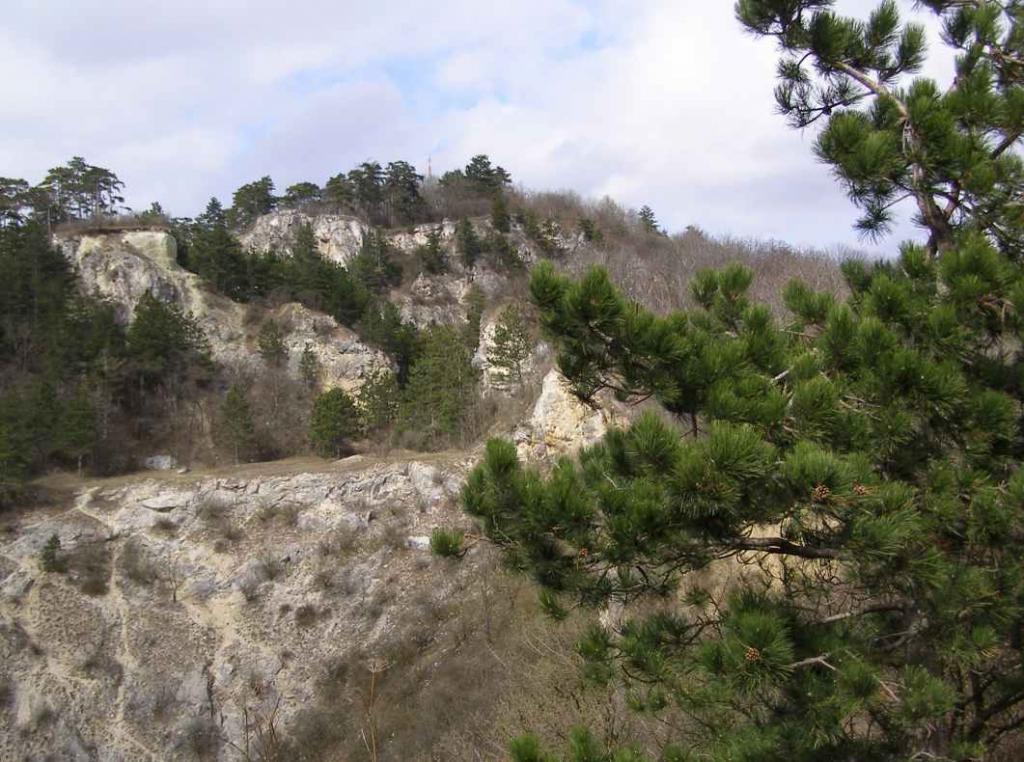
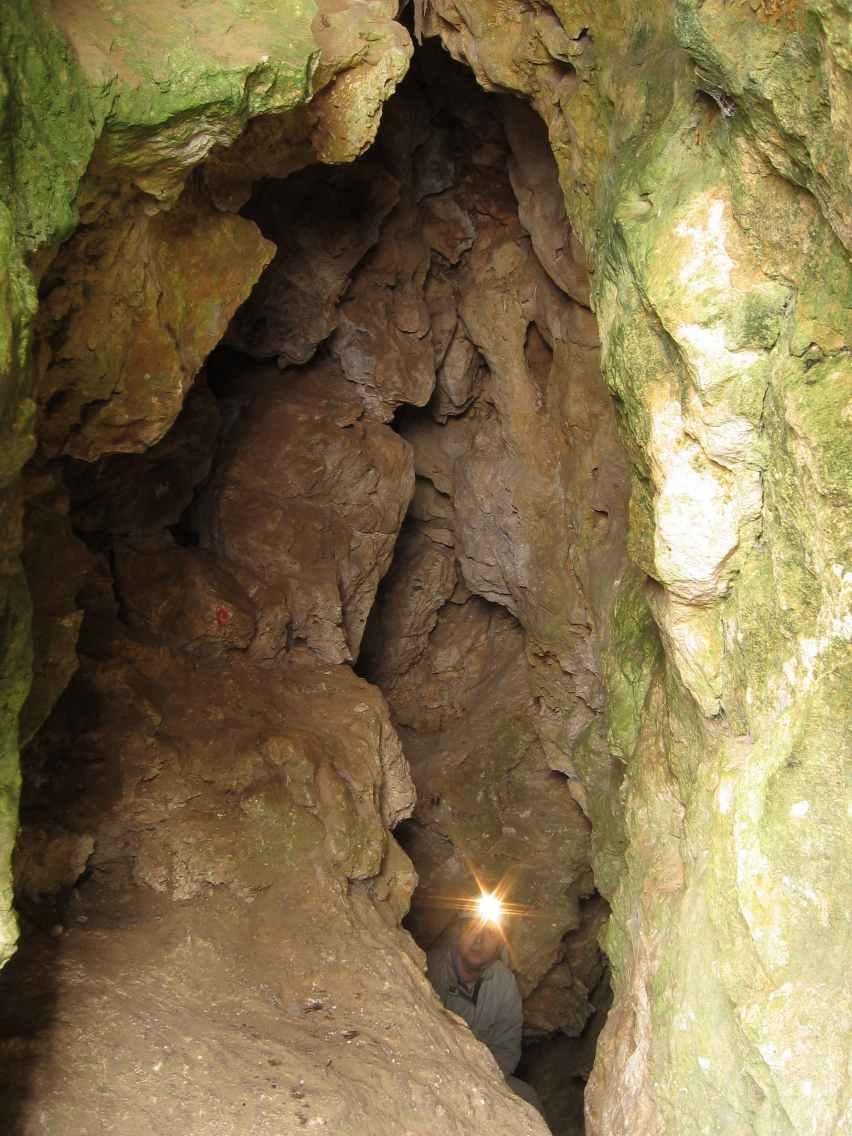
Among the surface karst phenomena in the Turold quarry, there are remarkable smaller tower-like formations in the top section of the quarry and lapies developed on a small area east of the top. Before exhaustion of the quarry there was even a karst canyon and smaller karst ravines and gorges. The underground karst phenomena are traceable in two karts levels.
The upper one is at the altitude of 365 m and there are caves such as Pod Vrcholem (Under the Top) and cavities in the northern quarry wall. The Na Turoldu Cave and the Liščí díra Cave with the vertical range of 295–250 m a.s.l. belong to the lower level. In the past there was even another cave between the two systems, namely the cave at the level of 330–320 m a.s.l. All the caves in the Turold quarry today just representfragments of the contiguous dewatering system that begins with the ponor cave Pod vrcholem. The major part of the system was, however, gradually destroyed during limestone quarrying.
PARTS THAT ARE INACCESSIBLE TO THE PUBLIC IN THE NA TUROLDU – LIŠČÍ DÍRA CAVE SYSTEM
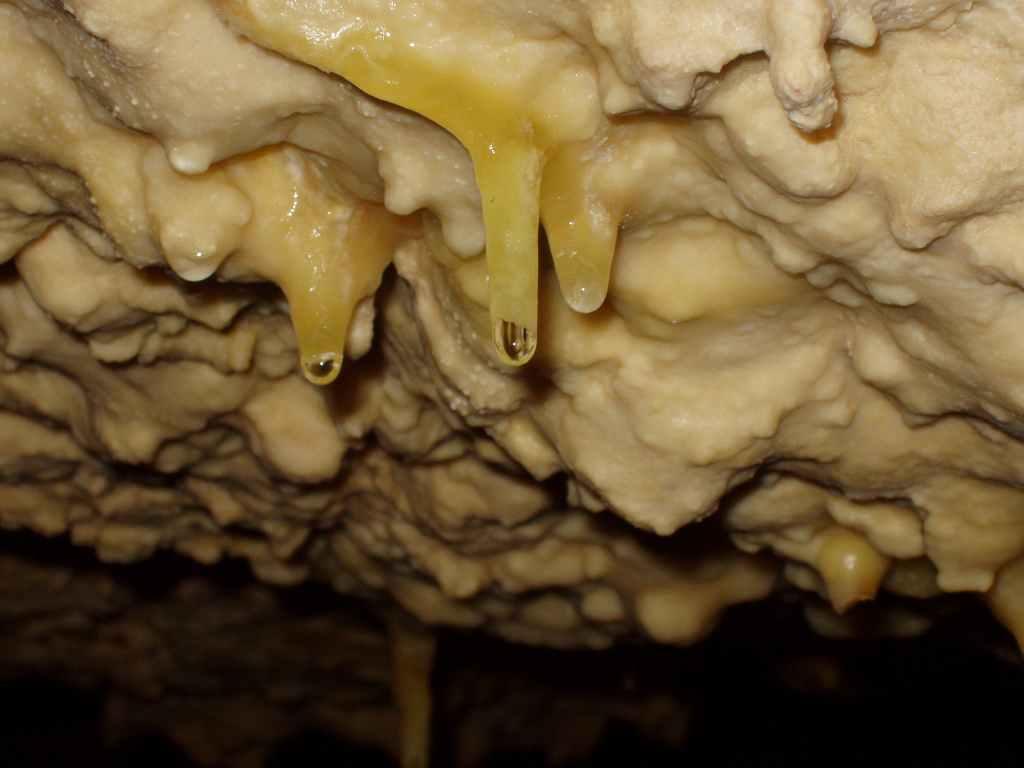
The tour route of the Na Turoldu Cave is only one eighth of the total length of all spaces currently known in the Na Turoldu – Liščí díra cave system. In the big part of the cave which cannot be seen by visitors there are tight corridors that are difficult to pass through (e.g. Bludiště / Labyrinth, Fakírské chodby / Fakir Corridors, Horní patra / Upper Floors, Velikonoční síně / Easter Halls, Krystalická chodba / Crystalline Corridor and others), and also big domes and halls (Dóm fantazie / Fantasy Dome, Tunelová chodba / Tunnel Corridor, Učitelčin dóm / Schoolmistress Dome, Černá chodba / Black Corridor, Obdélníkový dóm / Rectangular Dome, Odpočinkový dóm / Resting Dome, Divadelní dóm / Theatre Dome, Nízký dóm / Low Dome, Řícené dómy / Broken-down Domes, Bílá síň / White Hall, Nová krápníková síň / New Stalactite Hall, Stará krápníková síň / Old Stalactite Hall, etc.), which are situated beyond these narrow spaces. Nevertheless, the reward for the climbing and crawling effort is the decoration which appears in these spaces. Both the walls and ceilings of Krystalická chodba (Crystalline Corridor) are decorated with clusters of calcite crystals of various sizes; the walls of Řícené dómy (Broken-down Domes) in some parts turn into areas covered with needle-like formations. Dóm fantazie (Fantasy Dome) and Nová krápníková síň (New Stalactite Hall) are some of the few places in the cave where the stalactite decoration can be seen. In Aragonitová propástka (Aragonite Shaft), Černá chodba (Black corridor), Síňka tradic (Hall of Fame) and in Divadelní dóm (Theatre Dome) the fissures and cavities in the walls are filled with tiny gypsum crystals. In Odpočinkový dóm (Resting Dome) at the higher level of the underground water, an extensive though not deep emerald-green- coloured lake extends. Speleological research of the Na Turoldu – Liščí díra cave system is still in progress and every year several tens of metres of new spaces are discovered.